The Allure of a Radiant Smile
A set of bright, white teeth can illuminate one’s mood and restore confidence, often transforming a person’s demeanor in an instant. In today’s world, more individuals are recognizing the significance of a radiant smile, leading to the emergence of numerous treatments aimed at achieving pearly-white teeth. However, beneath the surface of this cosmetic pursuit lies a realm of potential risk that demands careful consideration.
The Hidden Dangers of Whitening Agents
Many commercially available whitening toothpastes and strips contain hydrogen peroxide, a common bleaching agent. While effective, this component has been shown to pose significant risks to oral health, including potential harm to the gums and chemical burns to the mouth. The American Dental Association has issued warnings about the safe concentration levels of hydrogen peroxide in teeth whitening products, advising that it should not exceed 6%. Concentrations ranging from 15% to 35% can lead to heightened sensitivity and may irritate soft tissues within the mouth, particularly for individuals with poorly developed enamel, cracked teeth, or moderate wear.
A Cautionary Note on Prolonged Use
Hydrogen peroxide is a chemical substance that should not be overused. It is especially crucial to avoid its application among children and pregnant women. Prolonged or excessive exposure can cause irregular calcium deposition in the teeth, leading to aesthetic issues such as uneven whitening—often referred to as “splotchy” teeth. The delicate balance between achieving a bright smile and maintaining dental health hinges on responsible usage of these products.
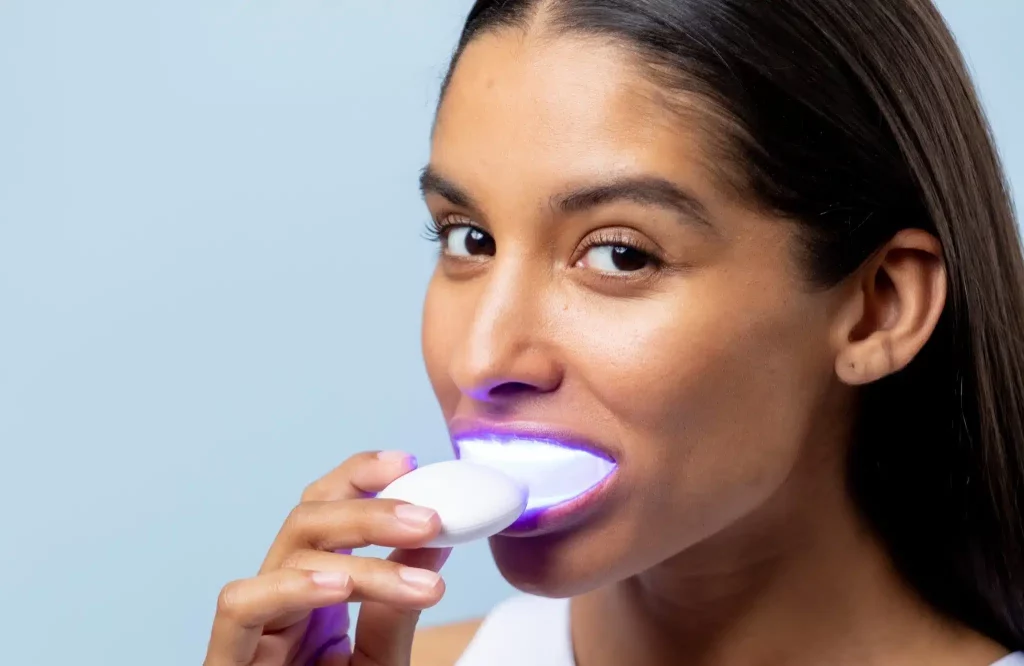
Alternatives for Stains and Discoloration
For those grappling with teeth yellowing or darkening due to external pigments, alternatives like whitening strips and powders can be effective. These products focus mainly on cleaning and should only be purchased from reputable brands. Many online offerings, particularly those labeled in foreign languages such as Japanese or Korean, may lack clarity concerning their ingredients, and caution is advised in their use.
Best Practices for Whitening
When using whitening products, moderation is key. Limit application to no more than twice a day, with each session lasting a maximum of 30 minutes. Afterward, it is vital to rinse thoroughly and wipe away any residual gel to minimize potential harm. For individuals with sensitive teeth, it is advisable to reduce the frequency of use and avoid continuous application for more than three days. If any adverse reactions occur—such as gum burning, throat sores, ulcers, increased sensitivity, or tissue irritation—immediate cessation of use and consultation with a healthcare professional is imperative.
Natural Remedies for Stain Removal
For those dealing with extrinsic tooth discoloration from coffee or beverages, natural solutions such as lemon juice can provide an effective whitening alternative. The powerful cleansing properties of lemon, coupled with its content of vitamin C, help to strengthen the enamel. After brushing at night, gently rub a soft cloth dipped in lemon juice over the teeth; this practice will help maintain a bright and healthy smile. Additionally, scheduling professional cleanings and polishing sessions once a year can contribute to overall dental aesthetics.

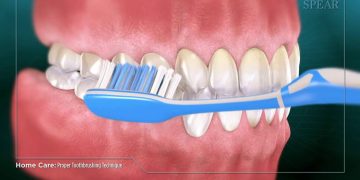
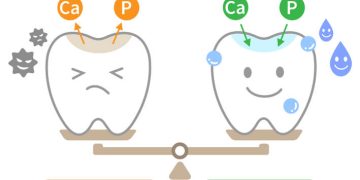
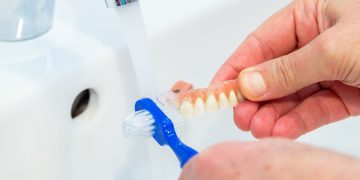




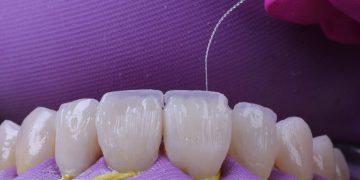
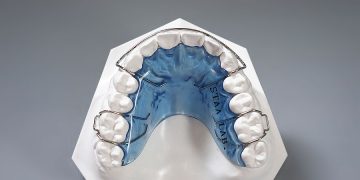

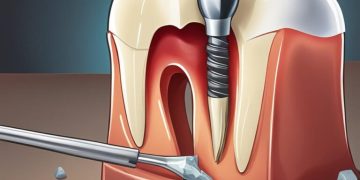

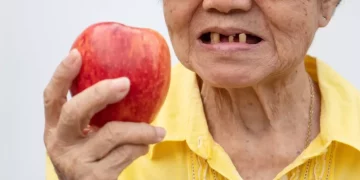

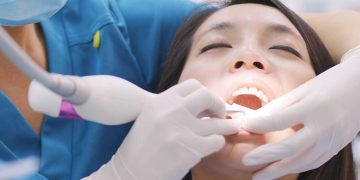

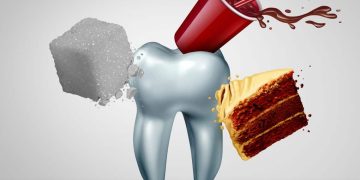







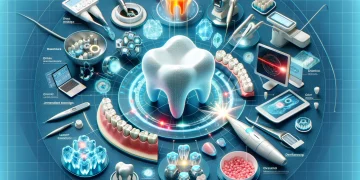



















Discussion about this post